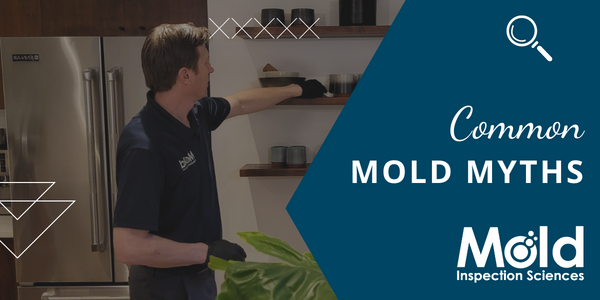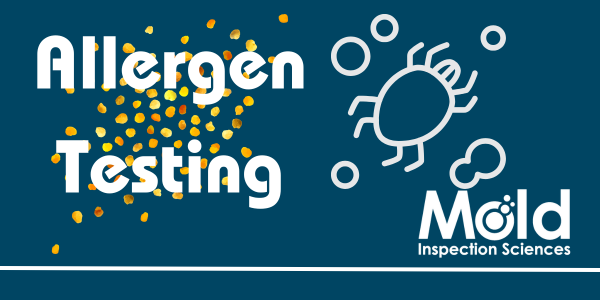Common Mold Myths - Part 2
Mold myths debunked by an expert

There are many misconceptions regarding mold. Here are a few more common mold myths.
Myth # 4: Mold growth cannot be controlled in bathrooms
One of the most common areas to find mold is in bathrooms. The following are a few tips to prevent or significantly reduce mold growth in bathrooms:
- The first and most important preventative measure is to control moisture conditions. Showering and bathing produces high levels of moisture and if not properly vented to the exterior of the home through adequate mechanical ventilation, mold growth will likely occur. Bath fans should be quiet in operation to encourage regular use, properly sized for the dimensions of the room and should be operated for approximately 30 minutes after showering.
- Another preventative measure is to use a small squeegee or towel to remove the water from the enclosure walls and shower door after showering.
- Maintain grout and caulking conditions to prevent moisture intrusion, water damage, and potential microbial growth.
- Consider eliminating carpeting and wallpaper. Mold is commonly found behind wallpaper and under carpeting in bathrooms.
- Inspect areas below sinks and around toilets regularly for leaks. Do not put off repairing plumbing leaks or mold growth could result.
Myth # 5: If I don’t see mold- then there can’t be a problem
Mold can exist in non-accessible areas of the home such as behind or under cabinets, below flooring, behind base trim, inside wall cavities, behind wallpaper and inside ceiling plenums. Use your nose… If you notice a musty or mold-like odor, it is possible that you have a mold problem. Microbial testing of the ambient air and inner wall cavity testing by a Licensed Microbial Investigator is often needed to detect hidden mold conditions.
Myth # 6: If I have Mold- It’s my fault
The truth of the matter is that occupants can and do sometimes contribute to mold growth. For example, mold growth can occur if the indoor humidity levels become excessive. Excessive humidity often occurs due to the lack of proper ventilation when showering, cooking and doing laundry. Aside from that, if the indoor relative humidity (moisture in the air) is maintained between 30%-50% and you still have a mold problem, then the blame can often be placed somewhere else. Many times, a mold investigation may determine that the cause of the mold problem is actually due to conditions such as, hidden water intrusion, plumbing leaks, roof leaks, and inadequate or nonexistent ventilation conditions. A specially trained mold investigator can often times detect those conditions that most commonly cause mold growth. Be proactive and enlist the services of a professional if you suspect a mold problem.




